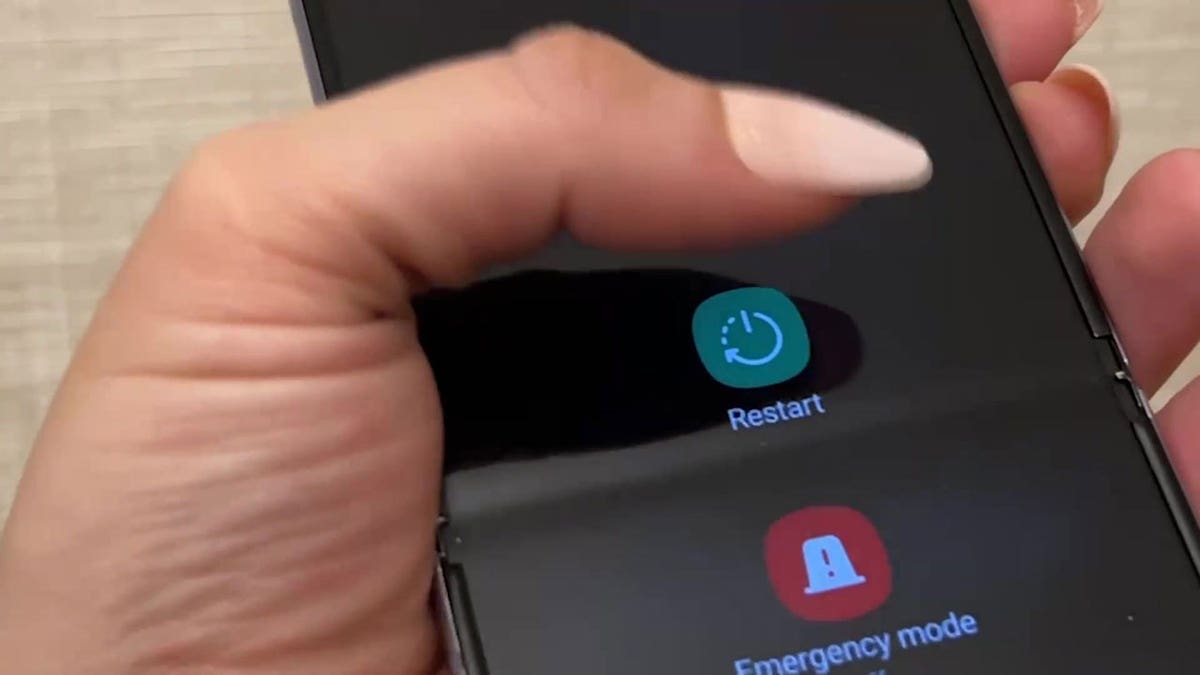Unlocking an Android device and Windows PC when the owner dies
Android and PC computer users often connect their devices to a Google account. If you know the email address and password associated with the user's Google account, you may be able to reset their password using that.
If you have recently lost a friend or family member, you may be looking to gain access to their phone, computer or tablet to get their personal data.
Whether you're looking for photos, passwords or other information, it's frustrating when you don't know their passcode to simply access it.
We've gathered the steps you should follow to unlock an Android device and Windows PC if the owner dies.

Android phone (CyberGuy.com)
How to unlock an Android or PC if the owner dies
Similar to Apple's iCloud, Android and PC computer users often connect their devices to a Google account. If you know the email address and password associated with the user's Google account, you may be able to reset their password using that.
HOW TO TELL IF SOMEONE IS SNOOPING ON YOUR ANDROID
Using a Google account to access data
- If the owner of the device had a Google account associated, this may be an option while logging in
- If you try and log in to an Android five times incorrectly, you may be prompted to reset the passcode for the phone using a Google account
- If you have that login information, reset the passcode via instructions sent to the email address associated with the Google account
Using a Samsung account to access data
- If the owner of the device had a Samsung phone, they may have set up a Samsung account that gives access to reset the device's passcode
- If you have that login information, go to Samsung's Find My service and follow the instructions
- You'll be able to reset and unlock the phone in seconds

In this photo illustration, an Android logo is displayed on a smartphone screen in Athens, Greece, April 16, 2022. (Nikolas Kokovlis/NurPhoto via Getty Images)
Using a Microsoft account to access data
HOW TO CHANGE YOUR PRIVACY SETTINGS ON YOUR ANDROID DEVICES
If the owner of the device was a Microsoft user and had an email address ending in Outlook.com, Live.com, Hotmail.com or MSN.com, and you do not have their Microsoft login information, you can request it through a subpoena or court order. You'll most likely be required to provide:
- A copy of a death certificate
- A copy of the deceased person’s ID or passport
- A copy of a certificate of inheritance or other documentation from a court that proves sole heirship or names and addresses of all heirs and consent that you are entitled to act on their behalf
- A copy of the requestor’s ID or passport or a signed power of attorney

A woman restarts her Android smartphone. (Fox News)
Removing an SD memory card
- Some devices may have a memory card built in
- If the device has a memory card, take out the SD card and connect it to another device, like a computer, using an SD card reader
- You should have access to photos and other data stored on that memory card
CLICK HERE TO GET THE FOX NEWS APP
How to ensure loved ones can access your data
In case of an emergency or death, you want to be sure your loved ones can still access your data. Make sure one trusted loved one has your login information and/or passwords written down in a safe, protected location. That way they can still access your photos and other phone apps without having to go through a court order or complicated reset process.
If your phone provider offers a legacy contact option, set that up now.
If you use social media, platforms like Facebook offer an option to name someone as your legacy contact.





















